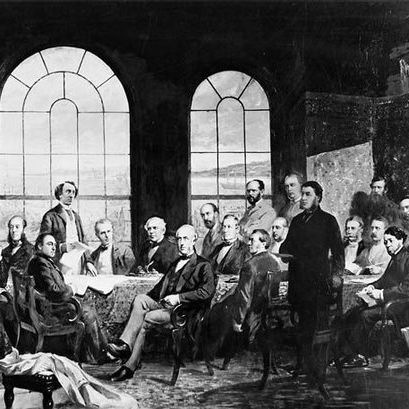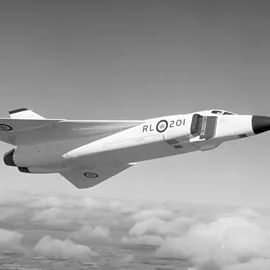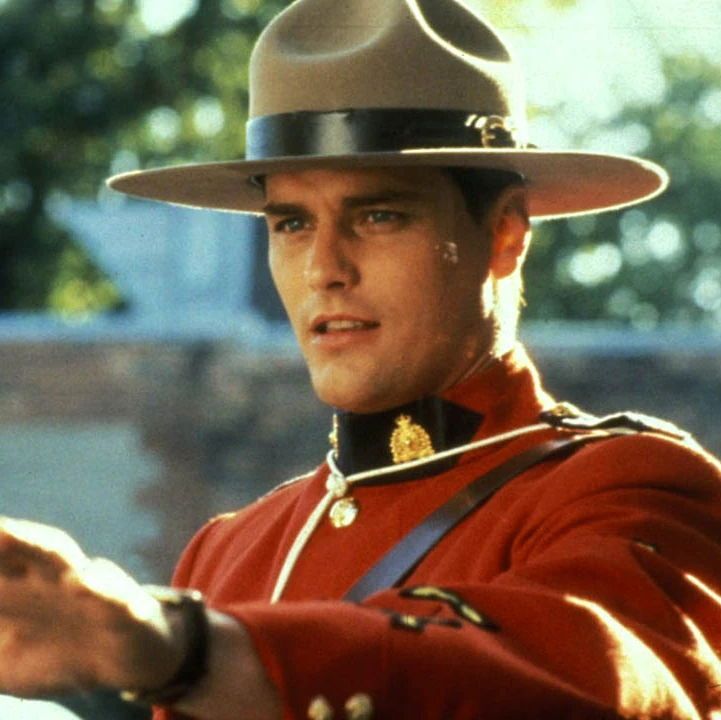It is #CanadaBookDay so lets celebrate some of our great writers, in the style of steampunk!
1. Margaret Atwood
She has won two Booker Prizes, the Governor General's Award & many other awards. She has written 18 books of poetry, 11 non-fiction books & 18 novels.
🧵1/10
1. Margaret Atwood
She has won two Booker Prizes, the Governor General's Award & many other awards. She has written 18 books of poetry, 11 non-fiction books & 18 novels.
🧵1/10

2. Richard Wagamese
A survivor of Residential School, he was given the name of Buffalo Cloud and told by an elder his role was to write stories.
He wrote several books but his most famous was Indian Horse, which won several awards & became a movie.
🧵2/10
A survivor of Residential School, he was given the name of Buffalo Cloud and told by an elder his role was to write stories.
He wrote several books but his most famous was Indian Horse, which won several awards & became a movie.
🧵2/10

3. Robert Munsch
In his writing career, Munsch wrote some of the best-known children's books in the world. His most famous was Love You Forever, which has sold over 30 million copies worldwide. The Paper Bag Princess has sold 7 million copies.
🧵3/10
In his writing career, Munsch wrote some of the best-known children's books in the world. His most famous was Love You Forever, which has sold over 30 million copies worldwide. The Paper Bag Princess has sold 7 million copies.
🧵3/10

4. Farley Mowat
One of Canada's most beloved writers, his books have been translated into 52 languages and sold 17 million copies. His best known books are People of the Deer and Never Cry Wolf. His books often had an environmental focus.
🧵4/10
One of Canada's most beloved writers, his books have been translated into 52 languages and sold 17 million copies. His best known books are People of the Deer and Never Cry Wolf. His books often had an environmental focus.
🧵4/10

5. Rita Joe
Called the Poet Laureate of the Mi'kmaq People, Rita Joe survived Residential School and relearned her language & culture. Her poems often outlined her experiences at the school.
Rita Joe Day is celebrated in Nova Scotia every Feb. 20.
🧵5/10
Called the Poet Laureate of the Mi'kmaq People, Rita Joe survived Residential School and relearned her language & culture. Her poems often outlined her experiences at the school.
Rita Joe Day is celebrated in Nova Scotia every Feb. 20.
🧵5/10

6. Alice Munro
Her work has revolutionized the architecture of short stories & are often set in Huron County, Ontario.
She has won three Governor General's Awards & a Man Booker Prize.
In 2013, she became the 1st Canadian to win the Nobel Prize for Literature.
🧵6/10
Her work has revolutionized the architecture of short stories & are often set in Huron County, Ontario.
She has won three Governor General's Awards & a Man Booker Prize.
In 2013, she became the 1st Canadian to win the Nobel Prize for Literature.
🧵6/10

7. Robertson Davies
Over the course of his writing career, 11 books in three different trilogy sets. He won the Governor General's Literary Award in 1972 & was short listed for the Booker Prize in 1986.
He was often referred to as Canada's Man of Letters.
🧵7/10
Over the course of his writing career, 11 books in three different trilogy sets. He won the Governor General's Literary Award in 1972 & was short listed for the Booker Prize in 1986.
He was often referred to as Canada's Man of Letters.
🧵7/10

8. Gabrielle Roy
One of French Canada's most celebrated writers, Roy's work helped lay the foundation of the Quiet Revolution in Quebec.
In 1945, she wrote her most famous book, Bonheur d'occasion, which was released in English as The Tin Flute in 1947
🧵8/10
One of French Canada's most celebrated writers, Roy's work helped lay the foundation of the Quiet Revolution in Quebec.
In 1945, she wrote her most famous book, Bonheur d'occasion, which was released in English as The Tin Flute in 1947
🧵8/10

9. Mordecai Richler
His work often focused on the Jewish community in Canada, along with Canadian & Quebec nationalism. Some of his most famous works were The Apprenticeship of Duddy Kravitz & Solomon Gursky Was Here. He won 2 Governor General Awards.
🧵9/10
His work often focused on the Jewish community in Canada, along with Canadian & Quebec nationalism. Some of his most famous works were The Apprenticeship of Duddy Kravitz & Solomon Gursky Was Here. He won 2 Governor General Awards.
🧵9/10

10. Lucy Maud Montgomery
Her most famous work is Anne of Green Gables, which has sold 50 million copies, but in her life she also wrote 20 novels, 530 short stories, 500 poems and 30 essays. Most of her work was set in Prince Edward Island.
🧵10/10
Her most famous work is Anne of Green Gables, which has sold 50 million copies, but in her life she also wrote 20 novels, 530 short stories, 500 poems and 30 essays. Most of her work was set in Prince Edward Island.
🧵10/10

• • •
Missing some Tweet in this thread? You can try to
force a refresh





















